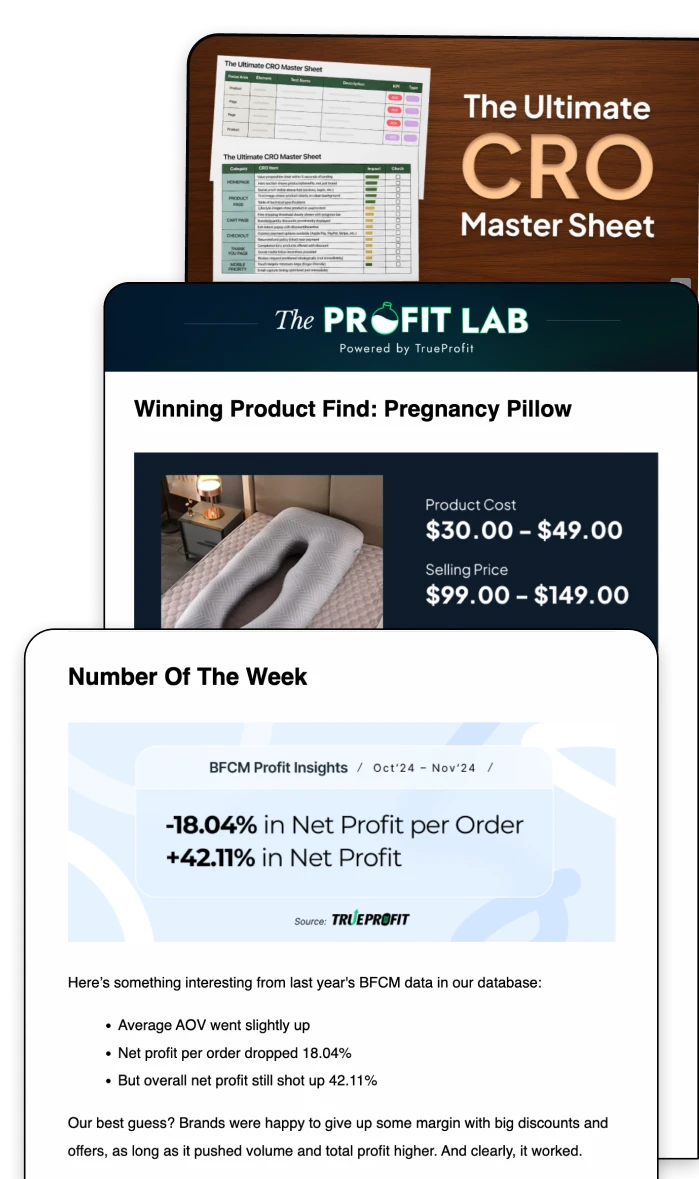Shopify Cost of Goods Sold: Definition, Formula & How to Track
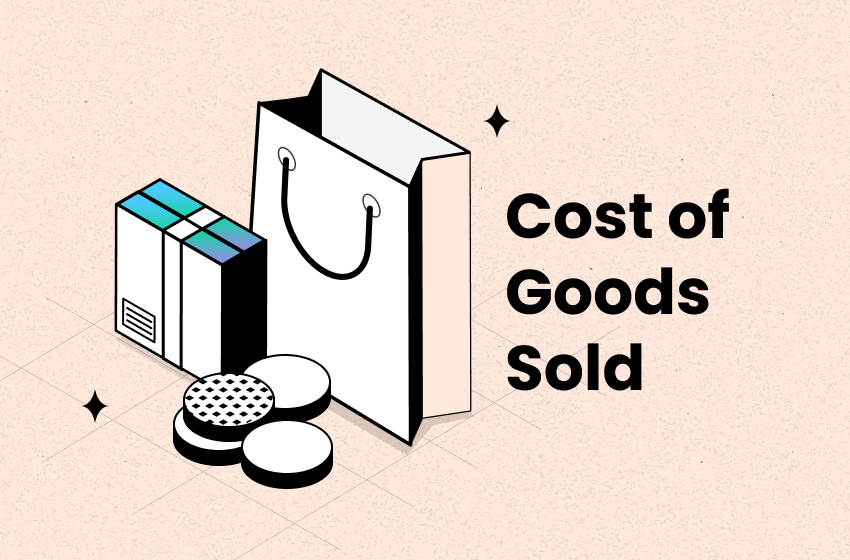
As a Shopify merchant, understanding your profitability starts with accurately tracking your Shopify Cost of Goods Sold (COGS). Since COGS represents a significant portion of your budget, precise calculations are crucial for setting the right prices and maximizing your store’s profitability.
At first, tracking COGS might seem straightforward—after all, supplier prices are available on AliExpress or other sourcing platforms. No rocket science, right?
The reality? It's far from easy. Let's see why.
What is Shopify Cost of Goods Sold (COGS)?
Cost of Goods Sold (COGS) is the total direct cost of producing or purchasing the products a business sells. It includes expenses like raw materials, manufacturing, and labor directly involved in production.
As a Shopify merchant, keeping an eye on your Shopify Cost of Goods Sold is crucial for several reasons:
- Helps you set the right price: Knowing your actual costs ensures that your pricing strategy covers expenses and maximizes profit.
- Allows you to accurately calculate your profit margins: Your gross profit is calculated as revenue minus COGS. By dividing this by total revenue, you get the gross profit margin, a key metric for evaluating business performance.
- Supports data-driven decisions: Understanding your most profitable products allows you to focus on scaling the right items and discontinuing those that don’t contribute to your bottom line.
What Is Shopify Cost of Goods Sold (COGS) Formula?
The Shopify cost of goods sold formula is:
To be more specific:
- Beginning inventory is the value of inventory at the start of the period.
- Purchases during period is the cost of new stock or materials bought.
- Ending inventory is the value of unsold inventory at the end of the period.
Where to Find the Shopify COGS Report?
Shopify provides basic financial reports, but COGS tracking isn’t included by default. This is how you can find and manage your Shopify Cost of Goods Sold report:
- Go to Shopify Admin → Click on Analytics → Select Reports.
- Under Finances, you’ll find the Profitability Report (if enabled).
- If COGS isn’t visible, manually input your costs in the Cost Per Item field under each product in the Shopify dashboard.
Why Is Keeping Track of Shopify COGS Painful?
1. COGS Constantly Changes
COGS isn’t a fixed number. It fluctuates due to many factors like:
- Supplier price changes
- Promotional discounts
- Bulk order negotiations
- Rising demand impacting costs
For example, an increase of just $1.50 per item on a store with 3,000 orders/month means an extra $4,500 in unexpected expenses — which you may not even notice if you aren’t tracking properly.
2. Manual Tracking Is Inefficient
Many Shopify merchants attempt to track COGS manually using spreadsheets. However, with costs fluctuating daily and multiple expense categories involved, this method is both time-consuming and error-prone.
How to Calculate Shopify Cost of Goods Sold?
1. Manual tracking with spreadsheets
Manually tracking Shopify Cost of Goods Sold (COGS) requires keeping accurate records of inventory and purchase costs. You can do it in spreadsheets by following these steps:
- Record Beginning Inventory – Note the total value of your inventory at the start of the period.
- Track Purchases – Log every product purchase, including supplier costs, in a spreadsheet.
- Monitor Sales Data – Keep track of each sale and match it with the corresponding product cost.
- Calculate Ending Inventory – At the end of the period, count your remaining stock and determine its value.
- Apply the COGS Formula as follows COGS = Beginning Inventory + Purchases During Period − Ending Inventory and do your calculation.
- Update Regularly – Adjust records for cost fluctuations, bulk discounts, and supplier changes.
As you can see, manual tracking is time-consuming, error-prone, and lacks real-time accuracy. To streamline this, consider using TrueProfit as a much better alternative.
2. Automated COGS tracking using TrueProfit
Managing Cost of Goods Sold (COGS) is one of the biggest challenges for Shopify store owners, especially with fluctuating supplier prices, hidden fees, and bulk discounts. Without precise COGS tracking, it’s nearly impossible to measure true profitability and make informed business decisions.
TrueProfit goes beyond just tracking COGS—it provides a comprehensive cost management solution for Shopify merchants. The app automatically pulls all cost-related data into a centralized dashboard, giving store owners a real-time, crystal-clear view of their store’s financial health with unmatched accuracy.
With TrueProfit, you get:
- Real-time COGS updates: COGS are automatically pulled from Shopify and other dropshipping platforms.
- Flexible COGS management: Set COGS by delivery zone, adjust costs at the product or variant level, and factor in supplier pricing changes effortlessly.
- Comprehensive cost tracking: Monitor not just COGS, but also shipping fees, transaction costs, ad spend, and any other fees to get a complete picture of your business spending.
- Accurate net profit tracking: TrueProfit gathers all your store’s profit and loss data to give you a clear, real-time view of your true bottom line—net profit.
With TrueProfit, you can:
- Detect sudden COGS increases and adjust pricing in real time.
- Monitor profitability across multiple products, marketing channels, and ad campaigns.
- Gain a complete financial overview of your store, including revenue, expenses, and profit margins.
- Make data-driven decisions based on precise, real-time numbers instead of estimates.
Accurately tracking every single cost is key to maximizing profitability—and TrueProfit makes it effortless. Start your free trial today and let us handle the hard work for you!
Final Words
Tracking Shopify cost of goods sold is essential, but the process is complex due to constant price fluctuations, hidden shipping costs, and the inefficiency of manual tracking.
The best solution? Automating your COGS tracking with TrueProfit to get real-time insights and make data-driven decisions for maximizing profits.
Irene Le is the Content Manager at TrueProfit, specializing in crafting insightful, data-driven content to help eCommerce merchants scale profitably. With over 5 years of experience in content creation and growth strategy for the eCommerce industry, she is dedicated to producing high-value, actionable content that empowers merchants to make informed financial decisions.




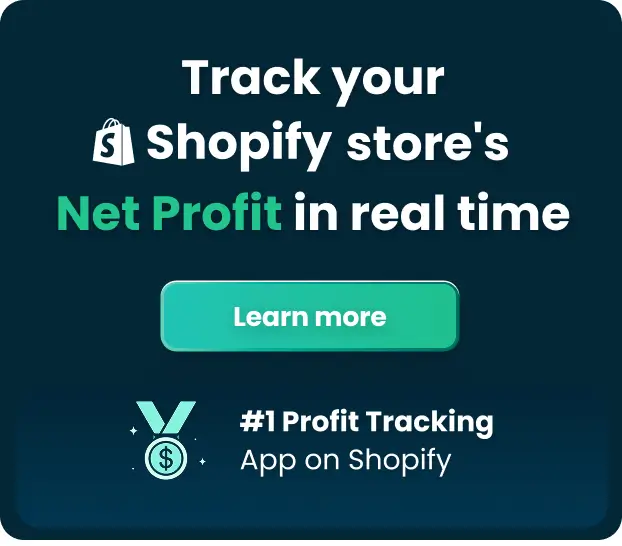
![Amazon FBA Success Rate: All The Crucial Stats [2025]](https://be.trueprofit.io/uploads/AMZ.webp)

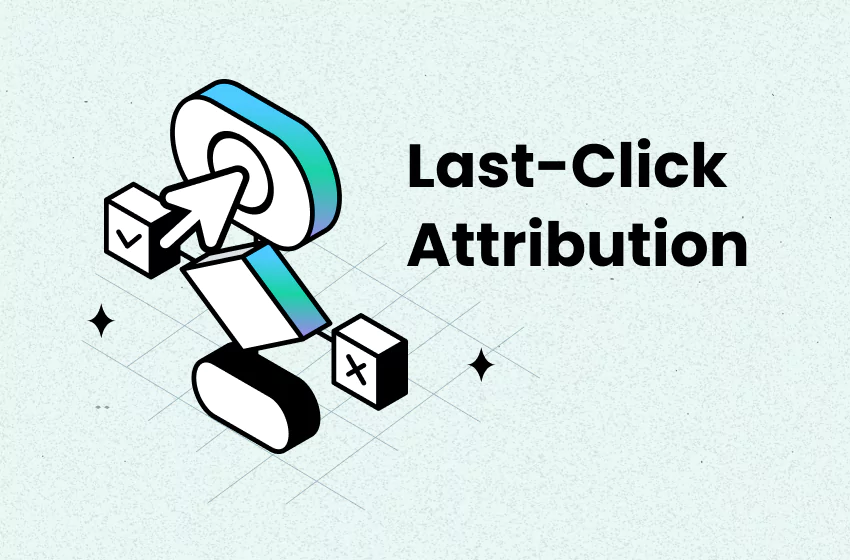
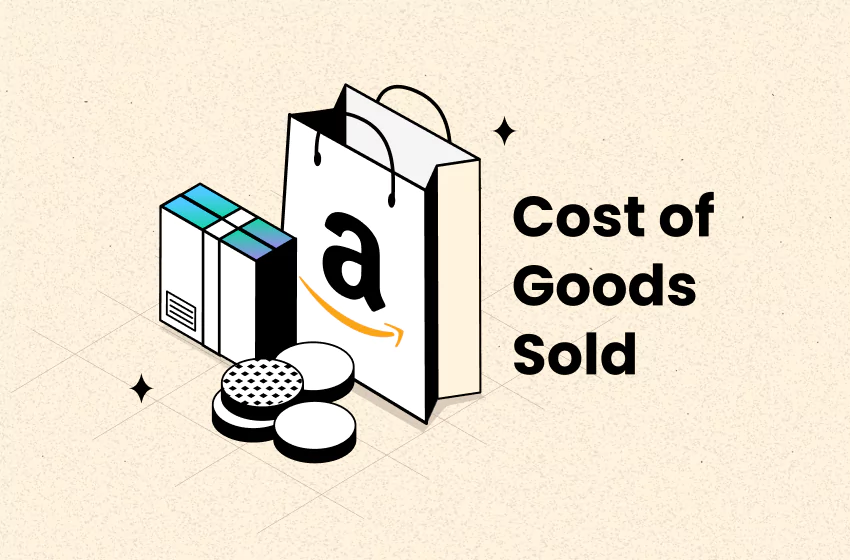

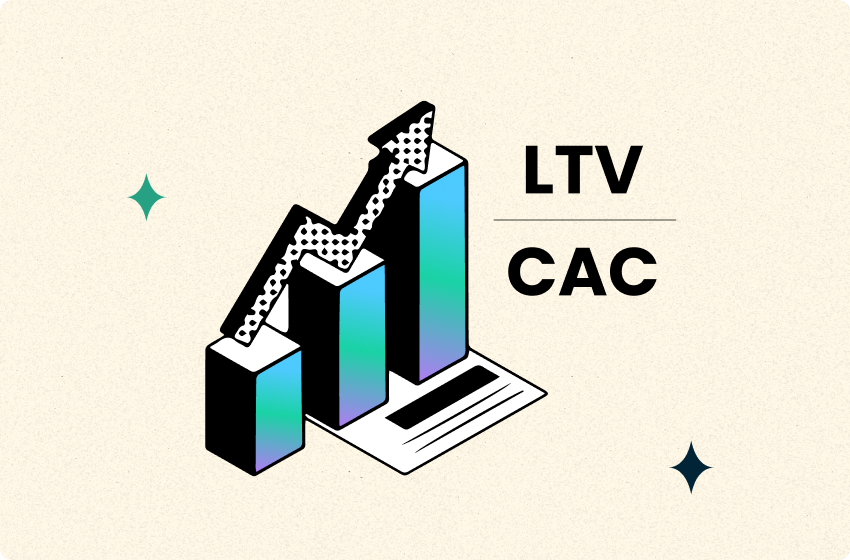
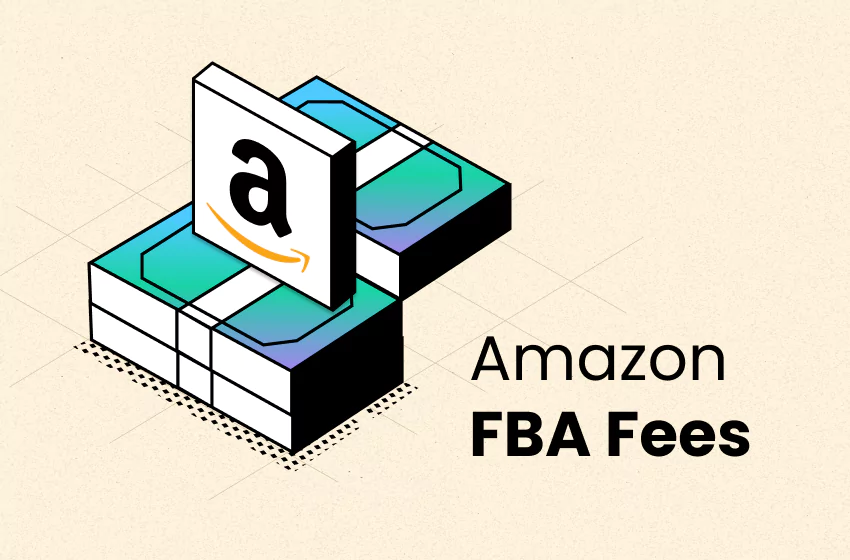
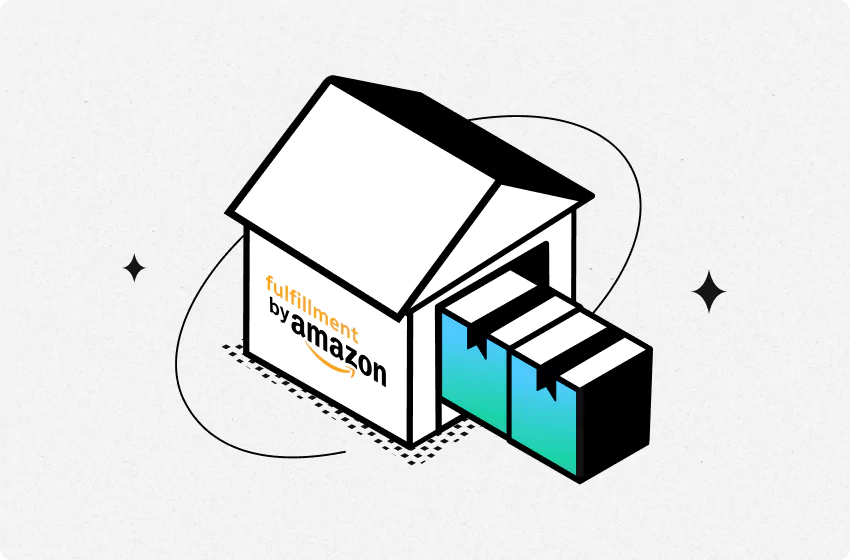
 Shopify profits
Shopify profits